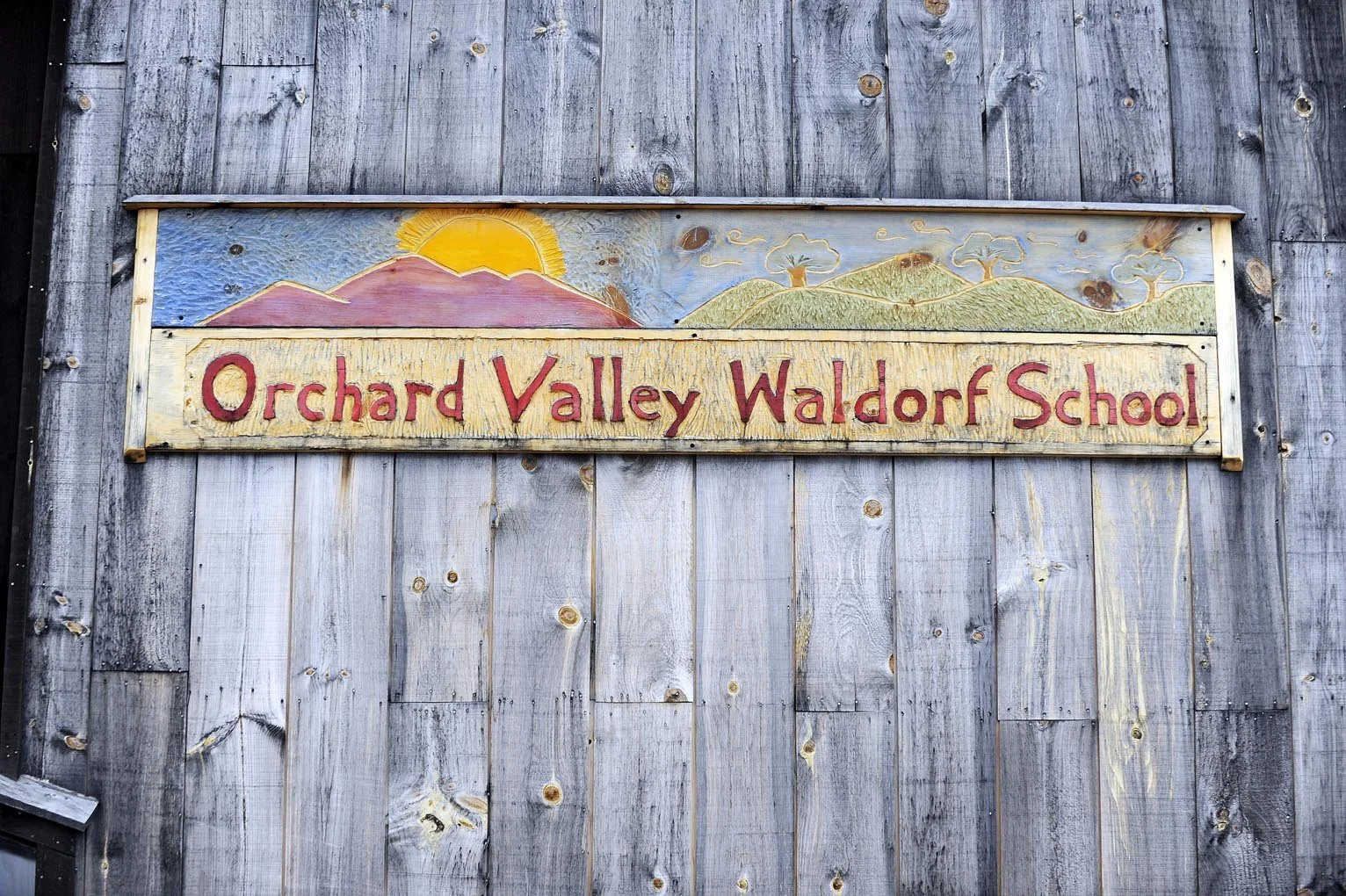Building the Kingdom of Childhood Together: A Vignette from Yulin, Guangxi, People's Republic of China
From Stephanie Hoelscher, Child's Garden Director and Lead Teacher
A single dusty fan pushed heavy, humid air around a classroom crowded with tired and sweating bodies. After a morning of physical labor during a community workday at the Little Forest home kindergarten, this Waldorf classroom in southern China had new wood flooring inside and a brick pathway outside.
The group of forty or so people perched on benches and straight-backed chairs marked with names like "Little Fish" and "Flying Cloud." Most were young and parents of the young children who played noisily outside in the dirt, water, and scrubby grass of a large, fenced lot. Outside the fence was a half-acre of land farmed primarily by elderly women who lived nearby. The open door of the classroom led to a covered porch overlooking the garden's mounded rows of ripening corn, beans, and tomatoes. It was mid-summer, sunny, and very hot.
It also was a special day for the school. Little Forest, one of the 300 private initiatives in China practicing Waldorf early childhood education, was celebrating its five-year anniversary and its new home on the first two floors of a three-story house on the outskirts of a large city, Yulin, in the province of Guangxi. The school's founder and director, Chen Qiaohong -- a grey-haired, motorcycle-riding visionary -- had procured funding from the International Association of Steiner/Waldorf Early Childhood Education (IASWECE) and China Waldorf Early Childhood Education Forum (CFCEF) to support my two-week mentoring visit to her school. As part of the anniversary festival, everyone gathered for the school's first outreach event, a public lecture on a topic known in all corners of the world: the work of parenting.
Over the course of the afternoon, individuals recalled memories of their own childhood to reflect upon the shared work of building a kingdom of childhood in the world today at school and home. What came forth in this honest and open collective self-reflection spoke not of cultural traditions that divide, but of a common human experience that unites. And what brings to children a world that is good, beautiful, and true, then and now, there and here. Family, home, human relationships: a father's voice announcing his arrival home after work, a cat curled on a pillow at bedtime, the aroma, anticipation, and taste of a grandmother's cooking, the cool touch of a mother's hand on a warm forehead, a waiting dog. Hearth, home, and family. Warmth, love, and security.
More than 2000 kindergartens in 80 countries around the world exist in this year of Waldorf 100 (the 100th anniversary of Waldorf education). After a summer spent with Waldorf teachers on the other side of the world, I return to my work here reassured by what I witnessed. Waldorf pedagogy is neither a theoretical system nor a collection of methods. It is a wellspring of living insight.
As Orchard Valley begins a new school year, it is my hope that we might forge new intentions informed by the worldwide movement and begin to think beyond the confines of our own place and purpose in rural central Vermont. In the preamble to the IASWECE statutes, Dr. Helmut von Kuegelgen writes: "Against a background of prevailing materialistic trends in education and modern culture, the protection, indeed the salvation, of childhood as the fundamental state of each individual's unfolding life has become a worldwide pioneering work."

